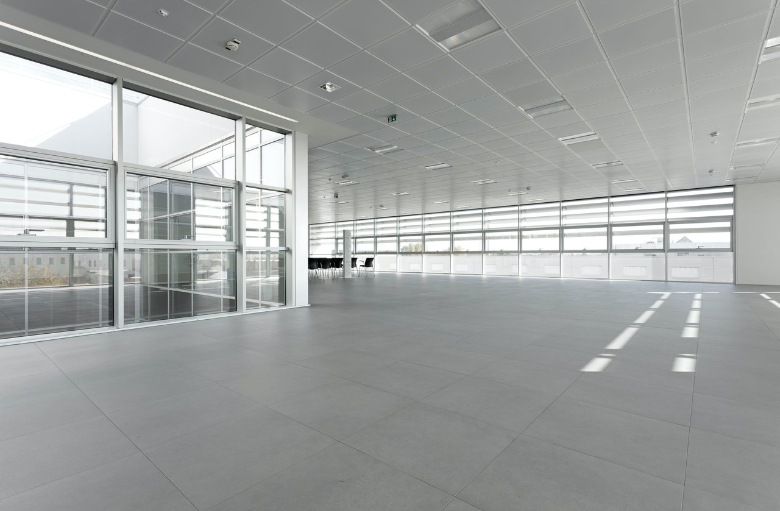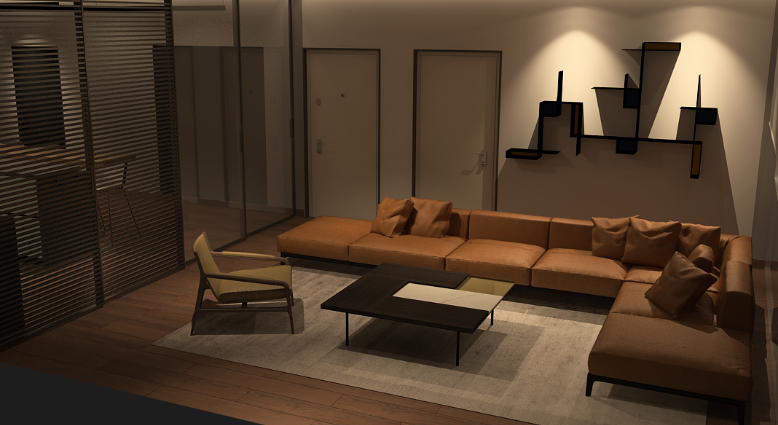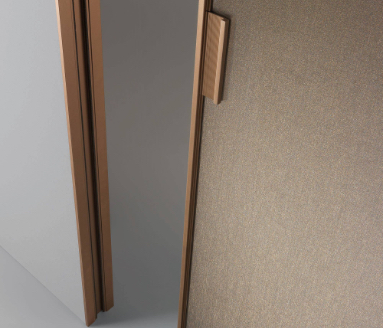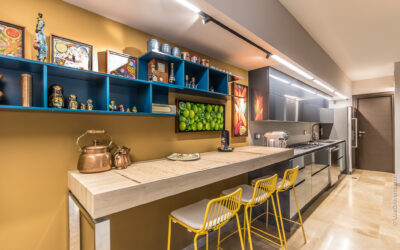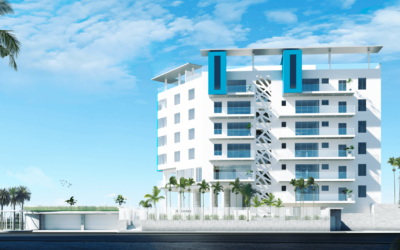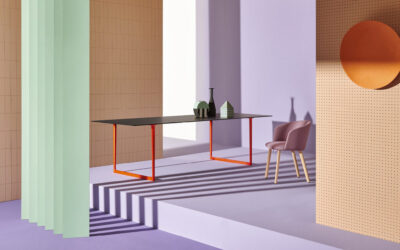NEWS
Hygienic Materials and Their Strategies
A surge in consciousness over health and hygiene will inevitably be felt in the field of interior design. As such, is there a way to make interior spaces inherently hygienic and hostile to microorganisms?
In an attempt to predict the trajectory of future design trends, Design Group Latinamerica has chosen to undertake an examination of established design paradigms, the changes arising from the Covid-19 pandemic and its fallout. An existing, yet underutilized concept that will find itself growing in relevance, is the integration of hygienic solutions into the design of interior spaces due to a shift in the public’s consciousness. Previously these strategies were mainly considered to be luxuries, reserved for either specific usages or for particularly germophobic users, however soon enough their applications will be essential for every homeowner’s peace of mind.
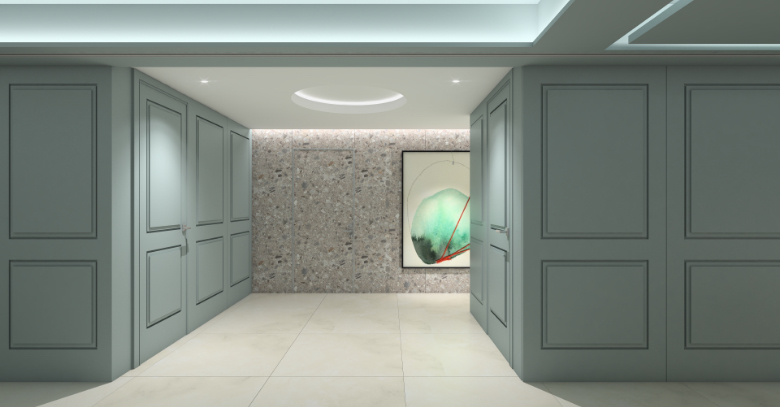
Residential Project Apto MZ using Cotto D’Este’s Pietra D’Iseo
What are antimicrobial materials?
For a truly hygienic home, it is necessary to create an environment that is abjectly hostile to any unwanted microbial agents throughout the household. As such, it becomes obvious to create an interior space composed of elements that are inherently inhospitable for any microbes that reside on them, with little hindrance to its users. In comes the advent of microbial materials, which as their name states, are able to quickly kill off any microorganisms after a short period of time.
…They are easily able to quickly eliminate any microorganisms in a short period of time.
Previously, these materials have found little usage due to their inadequacy in the field of interior design or due to a perceived exorbitant price. Copper, for example, is one such material that has naturally antimicrobial properties yet is rarely used in interior spaces except for select purposes. Nonetheless, the growing demand for these materials and new technological innovations will make them more ubiquitous in modern homes. These innovations are based on two fundamental properties, hydrophobia and photocatalysis, which can either be added to surfaces in form of coatings or are present in certain materials.
Hydrophobia is a material’s natural aversion towards water, meaning that any water that lands on these surfaces will either slide off or can be easily removed. Glass or porcelain already contain some hydrophobic qualities, however significant breakthroughs in the development of hydrophobic polymer surfaces have created materials with a more pronounced capability. In this case, while hydrophobia does not necessary kill any microbes, it does drastically reduce the transmission of waterborne microbes (as is the case with Covid 19).
while hydrophobia does not necessary kill any microbes, it does drastically reduce the transmission of waterborne microbes (as is the case with Covid 19).
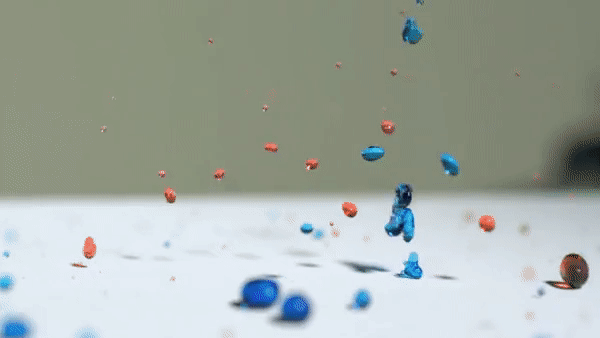
Photocatalysis is on the other hand, a process which directly kills any microorganisms resting on top of these surfaces. This property is known for giving materials a self-cleaning ability, both from dirt and microbes and can be found in Titanium Dioxide, an easily accessible chemical compound. Already, there are solutions available in the market, such as FMG’s Active, which manages to integrate the self-cleaning aspect into the product without sacrificing aesthetics. The main drawback to this is that, as the name implies, for it to work effectively there must be a direct exposure to sunlight (or at least some form of ultraviolet light). However, as our previous examination has shown, future homes will most likely have natural light in abundance.
future homes will most likely have natural light in abundance.
A slightly different yet effective product is Cotto D’Este’s Protect (in association with Microban), which aims towards an antibacterial surface that isn’t subject to a catalyst. By integrating silver into the coating, it is given the element’s ability to block the bacteria’s metabolism, rendering it completely hygienic.
How can microbial materials be strategically employed?
Upon examining these antimicrobial materials, one becomes aware of their limitations and their narrow applicability in interior design. As such, it becomes essential to formulate strategies which utilize their strengths in the most efficient manner possible. Copper in particular has been highlighted as an effective microbial agent with limited applicability in interior design. Notwithstanding, throughout centuries, our antecedents have utilized brass doorknobs as a way of effectively removing a common agent of disease transmission. This wise application of a material with limited usability must then become a teachable moment for designers looking for a seamless combination of the aesthetic, the functional and the hygienic. It is not necessary to fill an interior space to the brim with antimicrobial materials, but instead to place them in “touch intensive” or strategic areas in order to reduce the potential danger.
…Notwithstanding, throughout centuries, our antecedents have utilized brass doorknobs as a way of effectively removing a common agent of disease transmissions
In the absence of antimicrobial materials, it is also possible to simply eliminate or reduce these “problematic” areas. If a house has door handles or light switches that are used constantly by different users, this danger zone can be eliminated by adding home automation. If it isn’t possible to include a surface with hydrophobic or photocatalytic properties, instead one can opt for a more vertical design in order to reduce the amount of surfaces where microorganisms can rest. It ultimately becomes an interplay between the design and the available viable strategies.

A greater consciousness in public hygiene will ultimately be transmitted into the private sphere as well. The peace of mind one would obtain within their homes could potentially be gone with the change in psychology brought by a pandemic. While most people have opted for basic strategies in order to maintain their home disease free, such as taking off their shoes in the entrance or spraying Lysol on their shopping bags, they tend to forget the true disease carriers in their homes. It is only a matter of time before the average home takes fully into consideration the usage of antimicrobial materials and strategies.
FIND OUT
WHAT’S NEWS
A STUDY IN COLOR
It is uncontroversial to say that one of the most important elements in an effective interior design relies on a meticulously designed color palette.
ATLANTIC 360 RESIDENCES: AN IMPRESSIVE RESIDENTIAL BUILDING EXECUTED BY DESIGN GROUP LATINAMERICA
Located in Eagle Beach, Aruba, Atlantic 360 Residences is a luxurious residential building conceived by Arquitecto Mesce y Asociados for an exclusive group of 27 owners.
THE 10 STAND-OUT EXHIBITIONS OF FUORISALONE 2020
This year, the belated Fuorisalone 2020 returns with brilliant appearances from the most recognized Italian factories globally despite the problems derived from the Covid-19 pandemic. Check out our favorite exhibits!

